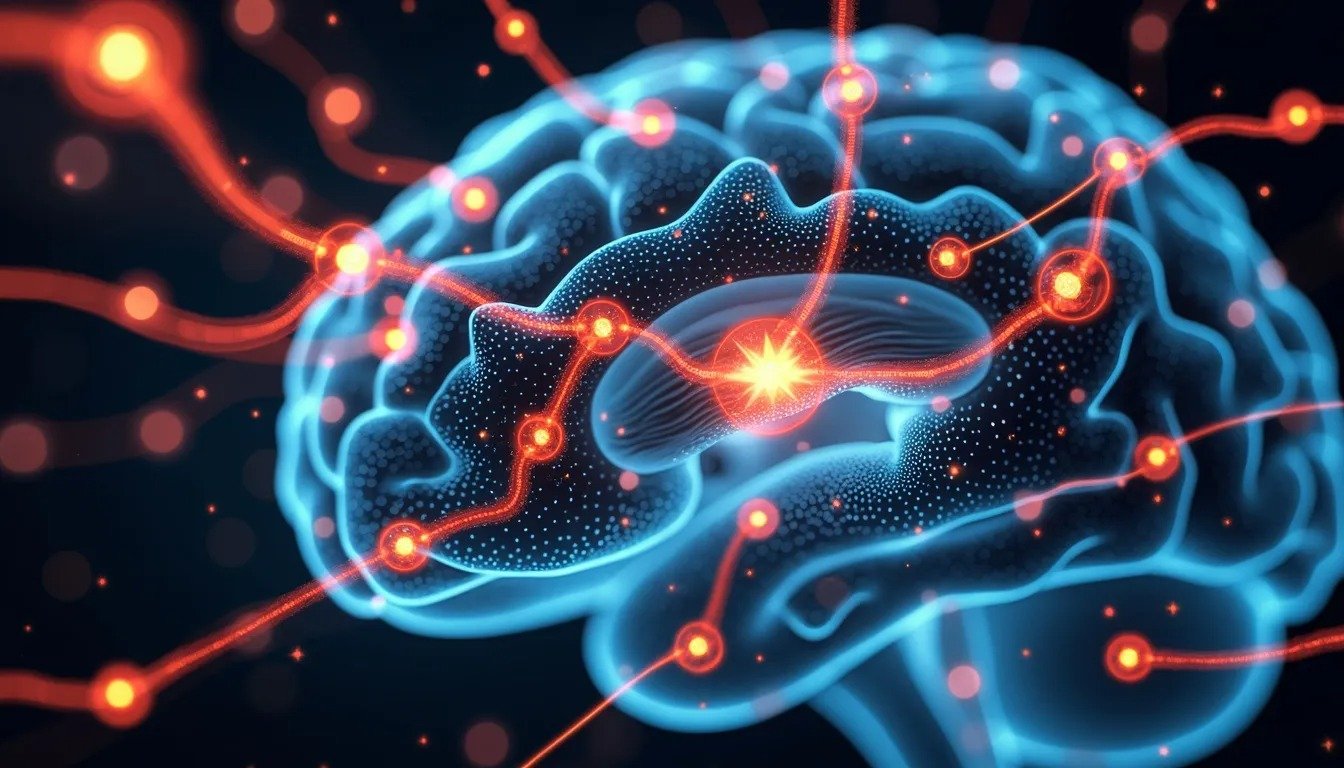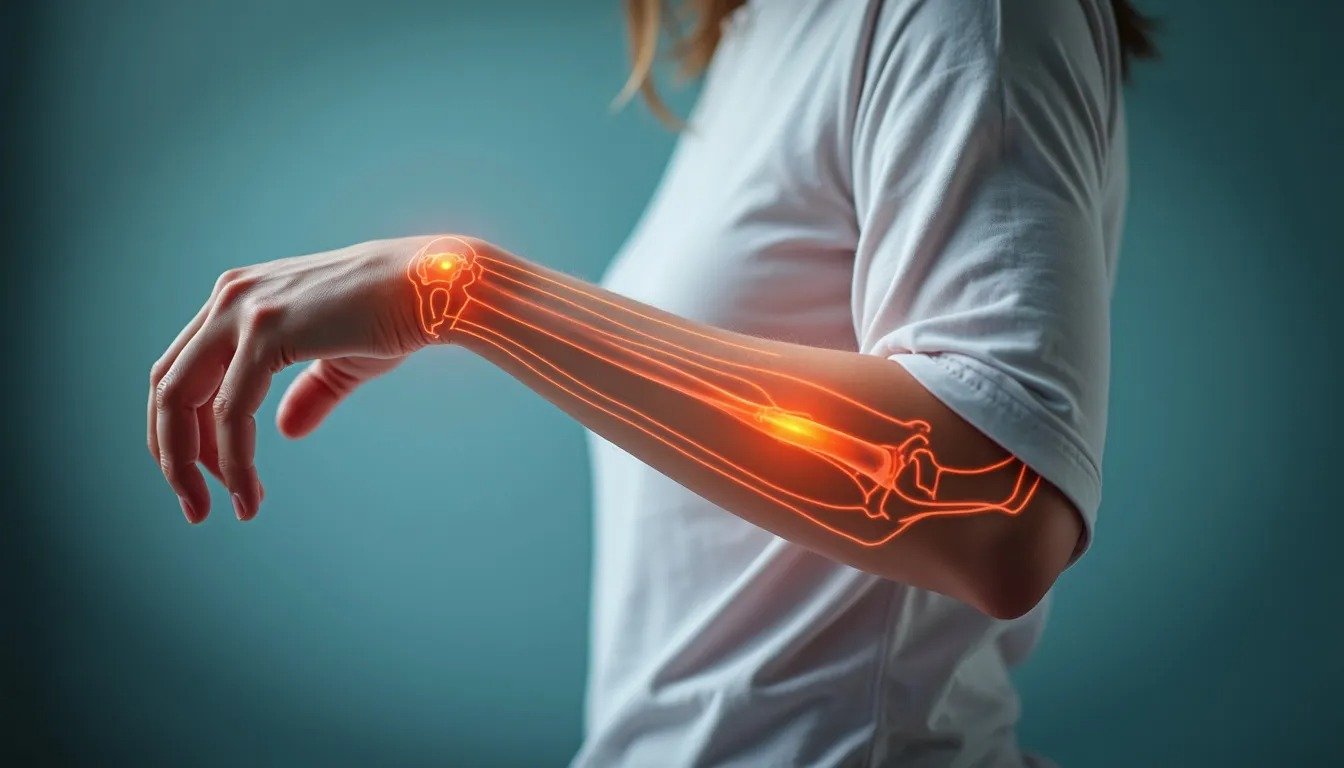ADHD Hypermobility: The Hidden Connection That Could Change Your Life!
Have you ever wondered if there's a hidden link between your racing thoughts and your flexible joints? Recent research has shed light on a fascinating connection between attention deficit hyperactivity disorder (ADHD) and hypermobility syndrome. This unexpected relationship is changing how we view ADHD and physical health, offering new insights into the complex nature of these conditions.
Understanding the interplay between ADHD and hypermobility has an impact on diagnosis, treatment, and overall well-being. This article delves into the surprising link between these two conditions, explores how hypermobility affects ADHD symptoms, and provides valuable information to help individuals navigate this unique intersection of mental and physical health. By uncovering this hidden connection, we open doors to new approaches in managing ADHD and improving quality of life.
Understanding ADHD and Hypermobility
What is ADHD?
Attention deficit hyperactivity disorder (ADHD) is a mental health condition characterized by persistent problems with attention, hyperactivity, and impulsive behavior . While often diagnosed in childhood, ADHD can continue into adulthood, affecting various aspects of life, including relationships, work performance, and self-esteem .
ADHD symptoms fall into two main categories: inattentiveness and hyperactivity-impulsiveness . Some individuals may experience symptoms from both categories, while others might predominantly show signs of inattentiveness, a form known as attention deficit disorder (ADD) .
Common symptoms of inattentiveness include:
Short attention span and easy distractibility
Careless mistakes in schoolwork
Forgetfulness and losing things
Difficulty following instructions or organizing tasks
Hyperactivity and impulsiveness symptoms may involve:
Inability to sit still, especially in calm environments
Excessive physical movement and talking
Acting without thinking
Interrupting conversations
Little or no sense of danger
What is Hypermobility?
Joint hypermobility syndrome is a connective tissue disorder characterized by unusually flexible joints . This condition occurs when the ligaments, which typically hold joints in place and limit their range of motion, are loose or weak . People with joint hypermobility syndrome often have joints that can move beyond the normal range of motion, leading to the term "double-jointed" .
Common symptoms of joint hypermobility syndrome include:
Joint and muscle pain
Frequent joint and ligament injuries, including dislocations and sprains
Tiredness (fatigue)
Poor balance and coordination
Thin, stretchy skin
Bladder and bowel issues
Joint hypermobility syndrome tends to run in families and is believed to have a genetic component related to collagen production . Collagen is a protein that provides flexibility and strength to joints, ligaments, and tendons .
Prevalence of Both Conditions
Research has revealed a surprising link between ADHD and hypermobility. A study found that 16% of children with hypermobility spectrum disorders (HSD) or hypermobile Ehlers-Danlos syndrome (hEDS) had a verified ADHD diagnosis, with an additional 7% undergoing ADHD diagnostic investigation . The prevalence of ADHD was significantly higher in children with hEDS compared to those with HSD .
Another study reported that generalized joint hypermobility (GJH) was present in 32% of patients with ADHD, compared to 14% in a comparison group . In a larger study involving 86 children with ADHD, the prevalence of GJH was as high as 74%, compared to 13% in a comparison group .
The connection between these conditions becomes even more apparent in older age groups. Among 15-16 year-olds with hEDS, 35% had ADHD, while in the 17-18 year age group, the prevalence increased to 46% . Overall, individuals with Ehlers-Danlos syndrome were found to be 5.6 times more likely to have an ADHD diagnosis than those without the condition .
The Surprising Link Between ADHD and Hypermobility
Research Findings
Recent studies have uncovered a remarkable connection between attention deficit hyperactivity disorder (ADHD) and hypermobility. Research has shown that individuals with ADHD are significantly more likely to exhibit signs of hypermobility compared to the general population. One study found that more than 50% of participants with ADHD demonstrated elevated levels of hypermobility, in contrast to only 20% of participants from the general population .
The prevalence of hypermobility in ADHD populations is striking. A study reported that generalized joint hypermobility (GJH) was present in 32% of patients with ADHD, compared to 14% in a comparison group . Even more notably, another study found the prevalence of GJH to be as high as 74% in children with ADHD, while only 13% in a comparison group .
These findings extend to related conditions as well. In a population-based matched cohort study in Sweden, individuals with Ehlers-Danlos syndrome (EDS) were 5.6 times more likely to have an ADHD diagnosis than those without EDS . This suggests a strong association between these seemingly unrelated conditions.
Theories Explaining the Connection
Several theories attempt to explain the surprising link between ADHD and hypermobility. One hypothesis points to genetic overlaps between the two conditions. Joint hypermobility often runs in families and is believed to be linked to genetic variations affecting collagen, a crucial protein in the body's tissues . Similarly, ADHD has known genetic components. The shared hereditary elements between these conditions might explain their frequent co-occurrence.
Another theory focuses on the impact of ADHD on the body's physical stress response. The characteristic symptoms of ADHD, such as hyperactivity and impulsivity, may exacerbate hypermobility symptoms . This interaction between neurological and physical aspects provides an intriguing perspective on the relationship between these conditions.
Dopamine dysregulation in neurodivergent individuals might also play a role. Dopamine is involved in pain perception, and its dysregulation could contribute to increased pain sensation often experienced by individuals with both ADHD and hypermobility .
Impact on Diagnosis and Treatment
The association between ADHD and hypermobility has significant implications for diagnosis and treatment. Hypermobility can complicate the expression and management of ADHD, affecting physical coordination and increasing discomfort during activities requiring sustained attention . Conversely, ADHD symptoms may exacerbate hypermobility-related issues.
For instance, joint discomfort and instability can intensify ADHD symptoms by increasing restlessness and discomfort, particularly in settings requiring stillness . This interplay between physical and cognitive symptoms highlights the need for a comprehensive approach to diagnosis and treatment.
Healthcare professionals should be aware of this connection when assessing patients. Screening for hypermobility in individuals with ADHD, and vice versa, could lead to more accurate diagnoses and tailored treatment plans. Understanding this link can help in developing holistic strategies that address both the neurological and physical aspects of these intertwined conditions.
How Hypermobility Affects ADHD Symptoms
The surprising connection between attention deficit hyperactivity disorder (ADHD) and hypermobility has an impact on various aspects of an individual's well-being. Research has shown that people with ADHD are more likely to experience hypermobility, which can significantly influence their symptoms and daily functioning. Let's explore how hypermobility affects ADHD symptoms across physical, cognitive, and emotional domains.
Physical Symptoms
Hypermobility can exacerbate the physical manifestations of ADHD, leading to a range of challenges:
Increased pain and discomfort: Neurodivergent individuals, including those with ADHD, report significantly more symptoms of pain compared to the general population. This pain is often related to the number of hypermobile joints .
Orthostatic intolerance: People with ADHD and hypermobility are more likely to experience symptoms related to standing up, such as dizziness. These symptoms tend to increase with the number of hypermobile joints .
Musculoskeletal issues: Neurodivergent participants in studies have reported more musculoskeletal symptoms, which also correlate with the number of hypermobile joints .
Fatigue: Individuals with both ADHD and hypermobility are more likely to experience chronic fatigue, which can compound the challenges of managing ADHD symptoms .
Increased risk of injury: The combination of ADHD-related impulsivity and hypermobility can lead to a higher risk of joint dislocations or injuries, especially during physical activities .
Cognitive Symptoms
Hypermobility can have a significant influence on the cognitive aspects of ADHD:
Attention difficulties: The experience of pain associated with hypermobility can negatively impact attention in individuals with ADHD. Studies have shown that patients with ADHD report statistically significantly higher mean pain scores compared to those without an ADHD diagnosis .
Executive functioning challenges: Joint discomfort and instability can exacerbate ADHD symptoms by increasing restlessness and discomfort, particularly in settings requiring stillness. This can make it more difficult to focus and complete tasks .
Sensory processing: The heightened sensitivity to physical sensations due to hypermobility may contribute to increased distractibility and difficulty in maintaining focus.
Emotional Symptoms
The interplay between ADHD and hypermobility can also affect emotional well-being:
Increased stress: Managing the physical discomfort of hypermobility alongside ADHD symptoms can lead to heightened stress levels.
Frustration: The added challenges of dealing with hypermobility may cause frustration, especially when it interferes with daily activities or exacerbates ADHD symptoms.
Anxiety: The unpredictability of hypermobility symptoms, combined with ADHD-related challenges, may contribute to increased anxiety.
Self-esteem issues: The combined impact of ADHD and hypermobility on physical coordination and task completion may affect self-esteem and confidence.
Understanding the complex relationship between ADHD and hypermobility is crucial for developing effective management strategies. Healthcare professionals should consider this connection when assessing and treating individuals with ADHD, as addressing both conditions simultaneously may lead to more comprehensive and effective care.
Conclusion
The connection between ADHD and hypermobility sheds new light on how we understand and manage these conditions. This link has a significant impact on diagnosis, treatment, and overall well-being for those affected. By recognizing the interplay between mental and physical health, healthcare professionals can develop more comprehensive approaches to care, leading to better outcomes for patients.
Moving forward, it's crucial to raise awareness about this hidden connection and its implications. Further research into the relationship between ADHD and hypermobility could open up new avenues for treatment and support. For those experiencing symptoms of both conditions, seeking professional guidance is essential to develop tailored management strategies. BOOK YOUR SESSION TODAY! to take the first step towards understanding and managing your unique health profile.
FAQs
1. Is there a link between ADHD and being hypermobile?
Yes, there is a notable connection between hypermobility and ADHD. Studies show that 50% of individuals diagnosed with Autism, ADHD, or tic disorder (such as Tourette syndrome) have higher levels of hypermobility. This is significantly higher compared to just 20% of the general population.
2. What impact does hypermobility have on daily life?
Hypermobility can significantly affect daily life. Individuals with joint hypermobility syndrome often experience persistent tiredness even after resting, frequent pain and stiffness in joints or muscles, recurrent sprains and strains, and frequent dislocations of joints.





